Just happened! NASA just officially announced to boost Hubble's orbit with SpaceX's Dragon...
Just happened! NASA just officially announced to boost Hubble's orbit with SpaceX's Dragon...
Huge thanks to:
William Harwood: https://twitter.com/cbs_spacenews
Tony Bela - Infographic news: https://twitter.com/InfographicTony
======
Referring to Hubble Space Telescope, people will definitely remember a workhorse cosmic observatory for astronomers around the world since its launch in 1990. It has been dazzling with dramatic stellar imagery and enabled important discoveries such as the age of the universe and the moons of Pluto.
NASA believes that Hubble remains highly productive until at least the late 2020s or 2030s. However, many components of the telescope have spent decades in the unforgiving environment of space, raising unsurprising concerns about their longevity.
More importantly, the inexorable march of time, gravity, and Earth’s atmosphere means that Hubble is guaranteed to eventually reenter that atmosphere and burn up without intervention.
That terrible demise could come as early as the mid-2030s.
However, the story is about to change, as NASA & SpaceX just officially announced a plan to boost Hubble Telescope’s orbit with Dragon...
So, how will this happen? Is this really feasible?
Let’s find out everything about this in today’s episode of Alpha Tech:
NASA and SpaceX have recently signed a Space Act Agreement to conduct a six-month study to determine the practicability of Dragon docking with the 32-year-old telescope and boosting it into a higher orbit. The study is not exclusive, meaning that other companies can propose similar concepts with alternative rockets and spacecraft.
NASA and SpaceX will spend the next six or so months discussing whether it’s possible to use Dragon to boost the telescope’s orbit back to a nominal 600 kilometers (~372 mi).
Both parties say that the agreement will also investigate the possibility of Dragon servicing missions, which could be even more significant for Hubble. While a boost that large would likely keep it in orbit for decades to come, there’s no guarantee the telescope would remain functional to take full advantage of the extra time it would have.
During the fifth and final Space Shuttle servicing mission, NASA astronauts installed a docking adapter (Soft Capture Mechanism) on the Hubble Telescope. Although no concrete plans existed for any additional servicing missions, the forward-facing installation of that adapter has made this feasibility study possible.
In theory, that docking adapter could make boosting Hubble’s orbit far more feasible, safe, and affordable than a Shuttle-style crewed servicing mission. SpaceX’s Cargo Dragon 2 spacecraft has the same autonomous docking capabilities its crewed sibling has and costs less to launch and operate, so it’s not inconceivable that an uncrewed Dragon could autonomously dock with Hubble and boost its orbit.
Jessica Jensen, SpaceX’s Vice President of Customer Operations and Integration, says that an uncrewed option will be studied alongside crewed servicing and orbit-boost alternatives.
Just happened! NASA just officially announced to boost Hubble's orbit with SpaceX's Dragon...
0



 AgentofSocialMediaChaos
AgentofSocialMediaChaos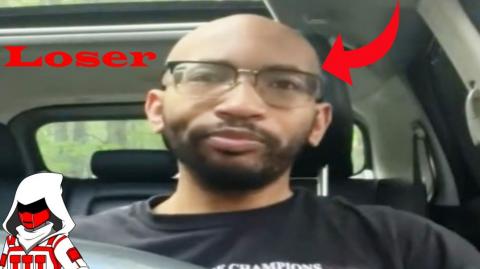
 TheRareBreedTheory
TheRareBreedTheory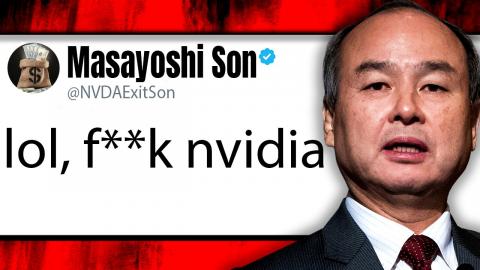
 Matt Kohrs
Matt Kohrs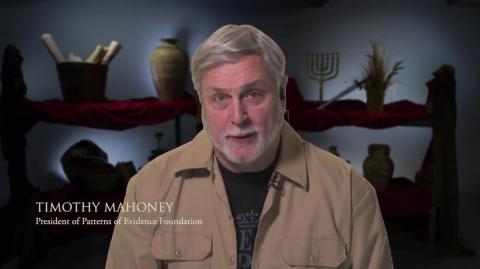
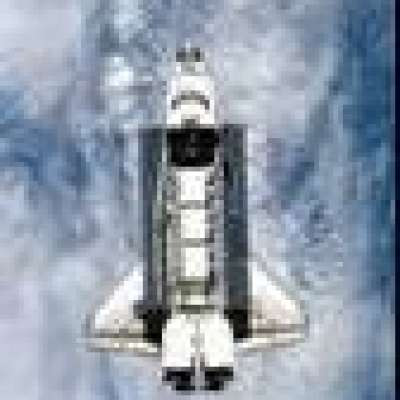 WMHarrison94
WMHarrison94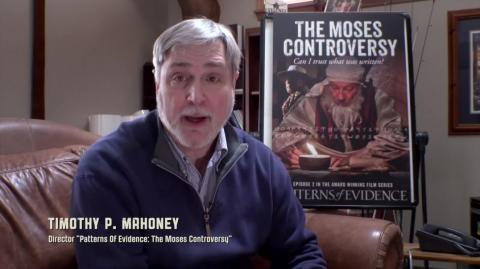
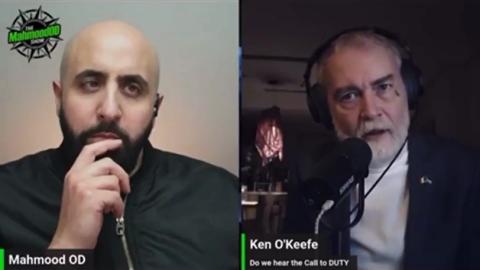
 Life_N_Times_of_Shane_T_Hanson
Life_N_Times_of_Shane_T_Hanson

 Redacted News
Redacted News

 Nick J Fuentes
Nick J Fuentes
 Gonzo Og
Gonzo Og
 Angry Guy
Angry Guy

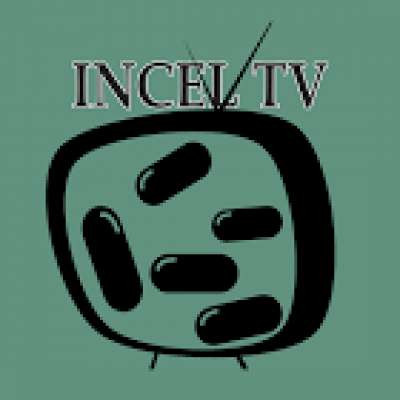 IncelTV
IncelTV


 GANG_STALKING_AUSTRLIA
GANG_STALKING_AUSTRLIA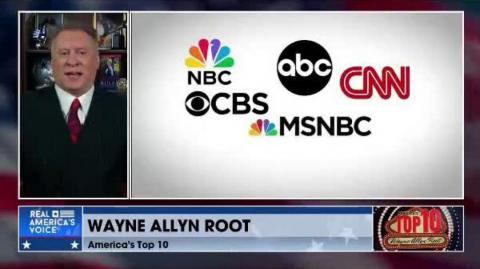
 Elgato_Weebee
Elgato_Weebee

 say Never_Again
say Never_Again

Log in to comment
These video series go from the "Size of the known and observed universe" - with the best of the technology we had from the 80's - the Hubble space Telescope.
The intial set is about the size of the observed or known universe.
The second set is the series on the issues of rocket engines, rockets and rocket development and production.
The third set is an of array of information about and from the Hubble Telescope - the technology and the images.
And the fourth set is about the ADVANCES in space telescopes beyond the Hubble Teescope - being the James Webb Sace Telescope.
And the fifth video is about the Euclid Space Telescope
The James Webb Space Telescope and the Euclid Space Telescope are two different research tools - with very different purposes and technologies...
All though the Hubble was up and operational in the early 1980's - there was a prodigious amount of planning, design and then the building of it and then the optical correction of it, after launching...
The James Webb and the Euclid Space Telescopes have also had prodigious lead times in their planning, design, construction and development - but they had a big foundation to build upon - better questions to ask and better understandings and technology to do the further research with, and futher and deeper issues to research....
It's a bit like, "How deep is a very deep hole?" - that can only be solved by figuring out the acceleration rate of gravity and the speed of sound, and then dropping a rock down the hole... and timing the release time and the sound of the rock hitting bottom... Maths.. or using a very slong strong piece of string - but the materials and the weaving technologies have to be developed - so the string is both long enough and strong enough to each the bottom....
And the ladder to reach the bottom - you need the steel, the manufacturing technology and the ways to drill holes in the rocks and to bolt them to the rock, to attach the ladder to the rock, on the way down - and the technical development to do all of this and to construct it....
There is staggering amounts of smarts, research, development and insights, and everything has a foundation of everything before it.
~~~~~~~~~~~~~~~~~~~~~~~~~~~~~~~~~~~~~~~~~~~~~~~~~
These are really worth watching.
They are a bit out of date in some aspects... but they are completely relevant....
Very simple - but it gets the ideas in your head - that just cannot be dealt with....
There is too much.
Video 01 out of 08 - Khan Academy - Astronomy - Scale of earth and sun
https://www.mgtow.tv/v/h5GzFi
Video 02 out of 08 - Khan Academy - Astronomy - Scale of solar system
https://www.mgtow.tv/v/FiSpMg
Video 03 out of 08 - Khan Academy - Astronomy - Scale of distance to closest stars
https://www.mgtow.tv/v/uZS4lu
Video 04 out of 08 - Khan Academy - Astronomy - Scale of the galaxy
https://www.mgtow.tv/v/ZJrlKC
Video 05 out of 08 - Khan Academy - Astronomy - Intergalactic scale
https://www.mgtow.tv/v/27Pl4c
Video 06 out of 08 - Khan Academy - Astronomy - Hubble image of galaxies
https://www.mgtow.tv/v/Tx92j4
Video 07 out of 08 - Khan Academy - Astronomy - Big bang introduction
https://www.mgtow.tv/v/XymcLY
Video 08 out of 08 - Khan Academy - Astronomy - Radius of observable universe
https://www.mgtow.tv/v/iUkLXQ
~~~~~~~~~~~~~~~~~~~~~~~~~~~~~~~~~~~~~~~~~~~~~~~~~
EQUINOX - The Engines That Came In From The Cold [FASCINATING DOCUMENTARY] (360p version)
https://www.mgtow.tv/v/rJOxGM
This Rocket Is 60 Years Old
https://www.mgtow.tv/v/lYLGbr
I Asked An Actual Apollo Engineer to Explain the Saturn 5 Rocket (Long Cut) - Smarter Every Day 2
https://www.mgtow.tv/v/ChPU6G
HOW ROCKETS ARE MADE (Rocket Factory Tour - United Launch Alliance) - Smarter Every Day 231
https://www.mgtow.tv/v/DKErNw
~~~~~~~~~~~~~~~~~~~~~~~~~~~~~~~~~~~~~~~~~~~~~~~~~
NASA’s Incredible Discovery Machine: The Story of the Hubble Space Telescope
https://www.mgtow.tv/v/9pRyxo
A documentary on the incredible discoveries made by the Hubble space telescope
https://www.mgtow.tv/v/zgbsO2
Hubble’s 30th Anniversary Image
https://www.mgtow.tv/v/VRFVWJ
The Extraordinary Things Hubble Has Seen | 100 Incredible Images Of The Universe Montage (4K UHD)
https://www.mgtow.tv/v/tSGmbt
Just happened! NASA just officially announced to boost Hubble's orbit with SpaceX's Dragon
https://www.mgtow.tv/v/RTBC5I
~~~~~~~~~~~~~~~~~~~~~~~~~~~~~~~~~~~~~~~~~~~~~~~~~
Webb in Full Focus - Mirrors are Aligned!
https://www.mgtow.tv/v/5lE45f
Incredible Discoveries From Recent James Webb Space Telescope Images Of the Milky Way
https://www.mgtow.tv/v/boriwz
What James Webb Saw Near the Edge of the Universe | James Webb Part 1
https://www.mgtow.tv/v/eWJcJr
~~~~~~~~~~~~~~~~~~~~~~~~~~~~~~~~~~~~~~~~~~~~~~~~~
The NEW Euclid Space Telescope - Resolution 500 m at 10 billion light years.
https://www.mgtow.tv/v/LWMfnB
~~~~~~~~~~~~~~~~~~~~~~~~~~~~~~~~~~~~~~~~~~~~~~~~~
Get near the end only to hear boying or whatever is behind as expected, dirty vermin just wallowing in money instead of actually doing much other then cutting corners.
Good thing we finally have some real buis's jumping into this area of work, we'll likely finally see some real growth or at least I hope so.
Be nice to see humanity make it to space and beyond before I die of old age or a lot younger then that.